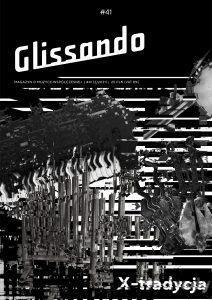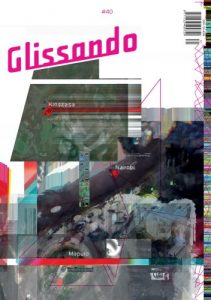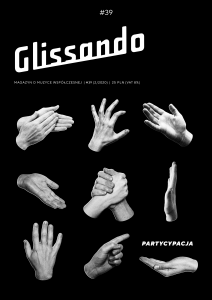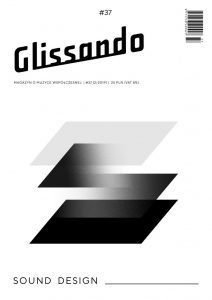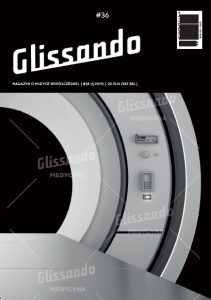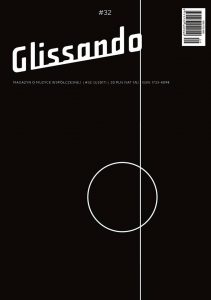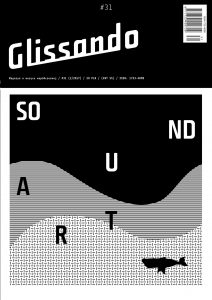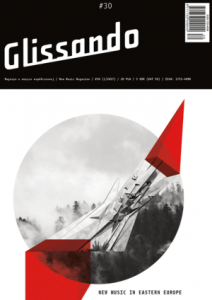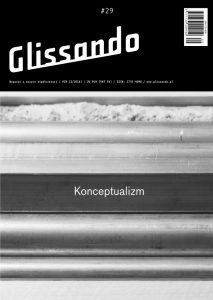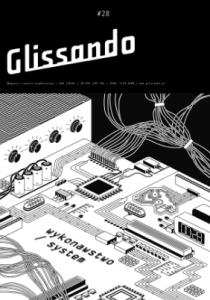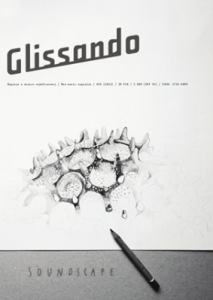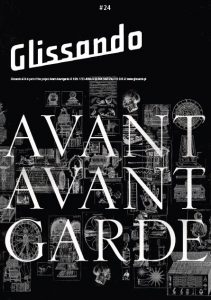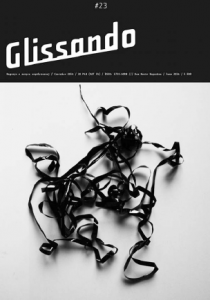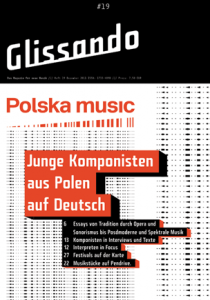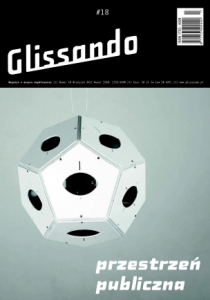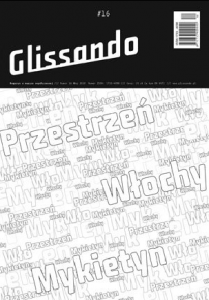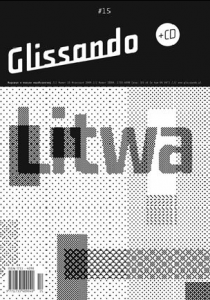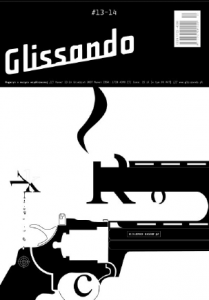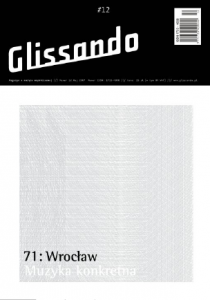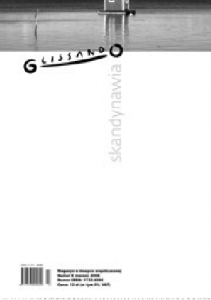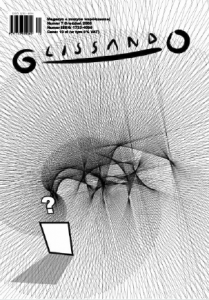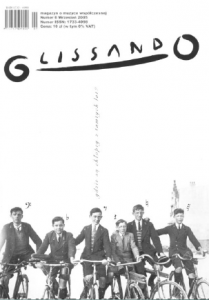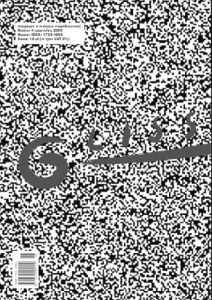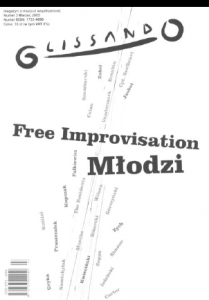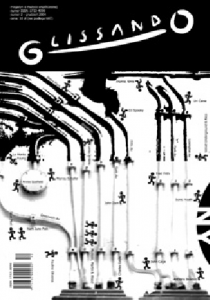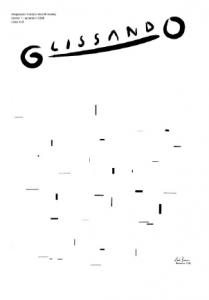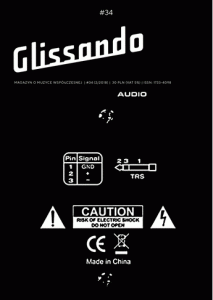
Glissando 33–34 / 2018 Corporeality / China. The middle (of the) Sound PL
33
There would be no sound without body. The body finds itself on both ends of traditional musical communication: gestures evoke sounds from objects (even if only by creating objects which generate sounds automatically), while the organism receives waves travelling through space and interprets them as sounds. Since silence is a social construct, the presence of bodies results in its opposite. Meanwhile, the prevailing discourse still typically interprets music and sound as abstract categories, disregarding all parts of the perceiving bodies – except for their ears. As a result other sensory inputs, as well as extra-aural and non-normative modes of hearing, are discarded. This approach seems archaic in an era of easy transformation of audial information into visual, textual and haptic signals.
This is why the 33rd issue of Glissando deals with the topic of “different hearing”: the body’s behavioral reactions to sounds and “whole body” reception of acoustic waves. In this issue we investigate the trends that can be observed both within the walls of cultural institutions and concert halls, as well as on independents stages, in low-key workshop rooms and in clubs. We discuss the festivals and events which problematize the corporeality of contemporary music by relating it to “corporeal” performative arts. We are interested in the question of corporeal performative practices of contemporary music associated with the so-called extended instrumental techniques, both in relation to the newest pieces and the flagship compositions of new music. We try to reflect upon the perception of instruments as metaphorical extensions of the body, but also treat the metaphor literally and investigate the conditions that a “body” must meet in order to perform music. We are also interested in the changes of the sound-body relationship within the context of contemporary technological progress.
The 33rd issue of Glissando includes topics which the worlds of music and sound art often treat with ignorance and hypocrisy. If our body is an instrument, then why can’t we talk about it freely? Does new music provide a space for open discussion of sex and eroticism?
34
Almost 5000 years of institutionalized culture which is, after all, also a „culture of sound” – the culture of music, of building musical instruments, of the flow of speech, and of oral stories. An exceptionally longue durée of historical processes and rapid cultural and technological revolutions. The most rapid industrialization in the history of humanity and the highest consumption of goods – including cultural (and musical) ones. A country of endless inspiration and an eternal European dream. Is it possible to classify the China described above? Should we subject it to the power of encyclopedic knowledge born from a passion for classifying? We keep wondering whether the only way to do this is to recognize the authority of a certain „Chinese encyclopedia” mentioned in the fiction of Jorge Luis Borges, who was amazed at a system of classifying animals which truly baffles Reason:
„(a) those that belong to the emperor; (b) embalmed ones; (c) those that are trained; (d) suckling pigs; (e) mermaids; (f) fabulous ones; (g) stray dogs; (h) those that are included in this classification; (i) those that tremble as if they were mad; (j) innumerable ones; (k) those drawn with a very fine camel’s-hair brush; (1) etcetera; (m) those that have just broken the flower vase; (n) those that at a distance resemble flies.”
What about the sound (of music)? Should we focus on the sounds „that tremble as if they were mad”, on the sounds „that belong to the emperor”, or maybe on sounds that are „drawn with a very fine camel’s-hair brush”? In the end (it’s just an illusion – China has no end), all these sounds will be „included in this classification”, leaving behind other „innumerable” ones.
Being aware of all the limitations and innumerable possibilities, we would like to propose three main topics related to the sound culture of China:
- Sounds that belong to the emperor – Chinese musical tradition (folk and court music, religious and ceremonial music, Beijing opera) and other forms that are subject to institutional power (held by emperor, producer, composer);
- Sounds that at a distance resemble (buzzing) flies – field recording and soundscapes in China, but also Chinese language and musics as heard by Europeans;
- Sounds that have just broken the flower vase – from pop, rock’n’roll to experimental music, sound art and the aesthetics of noise in China.



